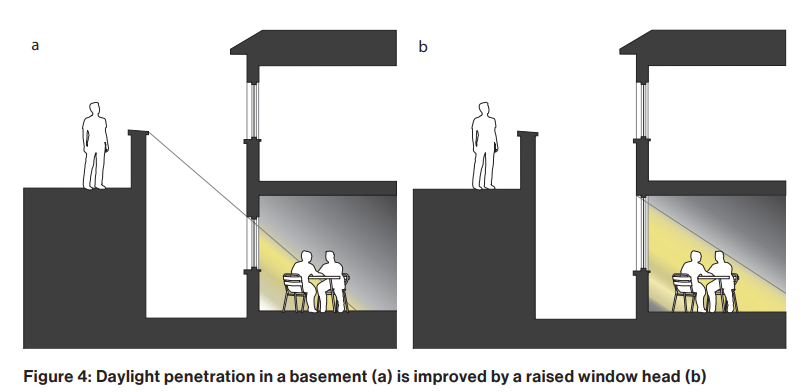In a cutthroat arena of real estate construction, understanding the subtle area of Right to Light is crucial for guaranteeing successful projects. A Right to Light assessment plays a pivotal function in resolving possible light access issues that may arise when upcoming projects are proposed. This procedure not only helps in assessing the current light conditions for adjacent properties but also supports developers in navigating the juridical complexities pertaining to light access. Through gaining insights from both successes and failures related to these assessments, developers can more effectively position themselves to avoid litigation and ensure compliance with planning laws.
As urban areas expand and residential density increases, the importance of Right to Light in city planning cannot be underestimated. Disputes over light access are growing more common, which renders it imperative for developers to grasp their lawful obligations and the consequences of Right to Light surveys. By means of careful consideration and preventive measures, stakeholders can foster cooperative projects that respect the their interests and those of their neighbors. In this article will explore the details of Right to Light assessments, frequent errors to avoid, and the crucial role these assessments have in the broader context of city development.
Grasping Light Rights

The right to light is a legal principle that grants property owners the privilege to receive natural light through their openings. In the UK, this right is typically established through continuous use over a span of twenty years. If this entitlement is violated, it can lead to significant legal disputes, thus making it crucial for developers and property owners to grasp the implications of right to light on their plans.
When developers plan new buildings or expansions, they must take into account how their projects may impact the light access to neighboring properties. Not to account for existing rights to light can result in complaints from neighbors or judicial challenges, potentially stop projects and incurring costly delays. This understanding is crucial during the initial phases of planning and development.
The right to light is not only about access to sunlight, it also includes the quality of light in residential and commercial spaces. Urban environments, where buildings are crowded, often face challenges related to right to light. Therefore, effective assessment and management of these rights play a key role in achieving a balance between recent developments and preserving the light access of existing properties.
Legal Implications and Regulations
Grasping the juridical structure related to Right to Light is crucial for builders. The concept is rooted in common law and permits real estate holders to experience natural light entering their premises. In the UK, this right can frequently be claimed if light has been enjoyed consistently for a period of 20 years. Failing to acknowledge these legal implications can cause significant setbacks, including potential legal conflicts or injunctions that pause construction projects.
Developers must ensure adherence with both legal regulations and local planning policies. Right to Light assessments are an integral part of this compliance, identifying any potential infringements that may arise from new developments. Ensuring adherence to the BRE (BRE) standards is also crucial, as these provide a benchmark for assessing daylight and sunlight impacts on neighboring properties.
Legal solutions for Right to Light infringements can vary, ranging from injunctions to reparations payments. In https://damm-sahin.thoughtlanes.net/topmost-rationale-to-consider-in-a-survey-on-light-rights , builders may be expected to alter their designs to mitigate any detrimental impacts on light entry for neighboring properties. Consulting with legal professionals during the planning process can help manage these challenges, eventually protecting the project from costly delays and conflicts.
Best Practices for Developers
In order to successfully handle the complexities of right to light concerns, developers should initiate by integrating right to light surveys into the initial phases of their project planning. This preventive approach enables for the recognition of any potential light infringement risks before significant investments are made. Engaging with a qualified surveyor who specializes in right to light can provide essential insights and assessments that can influence design decisions and minimize future conflicts.
Dialogue is crucial when dealing with right to light considerations. Developers should keep open communication with adjacent property owners and partners throughout the project. Clarity regarding plans and potential impacts on light can help foster goodwill and minimize opposition. Handling concerns in advance can often lead to settled solutions that advantage both developers and neighbors, creating a more cooperative environment in the design process.
In conclusion, developers must remain aware about legal decisions and modifications in legislation pertaining to right to light. Grasping how click here to find out more evolve is essential to guarantee compliance and minimize the chance of costly legal conflicts. Keeping abreast of recent case studies and outcomes can also provide valuable lessons from previous projects, aiding developers in arriving at informed decisions that honor both their entitlements and those of adjacent properties.
